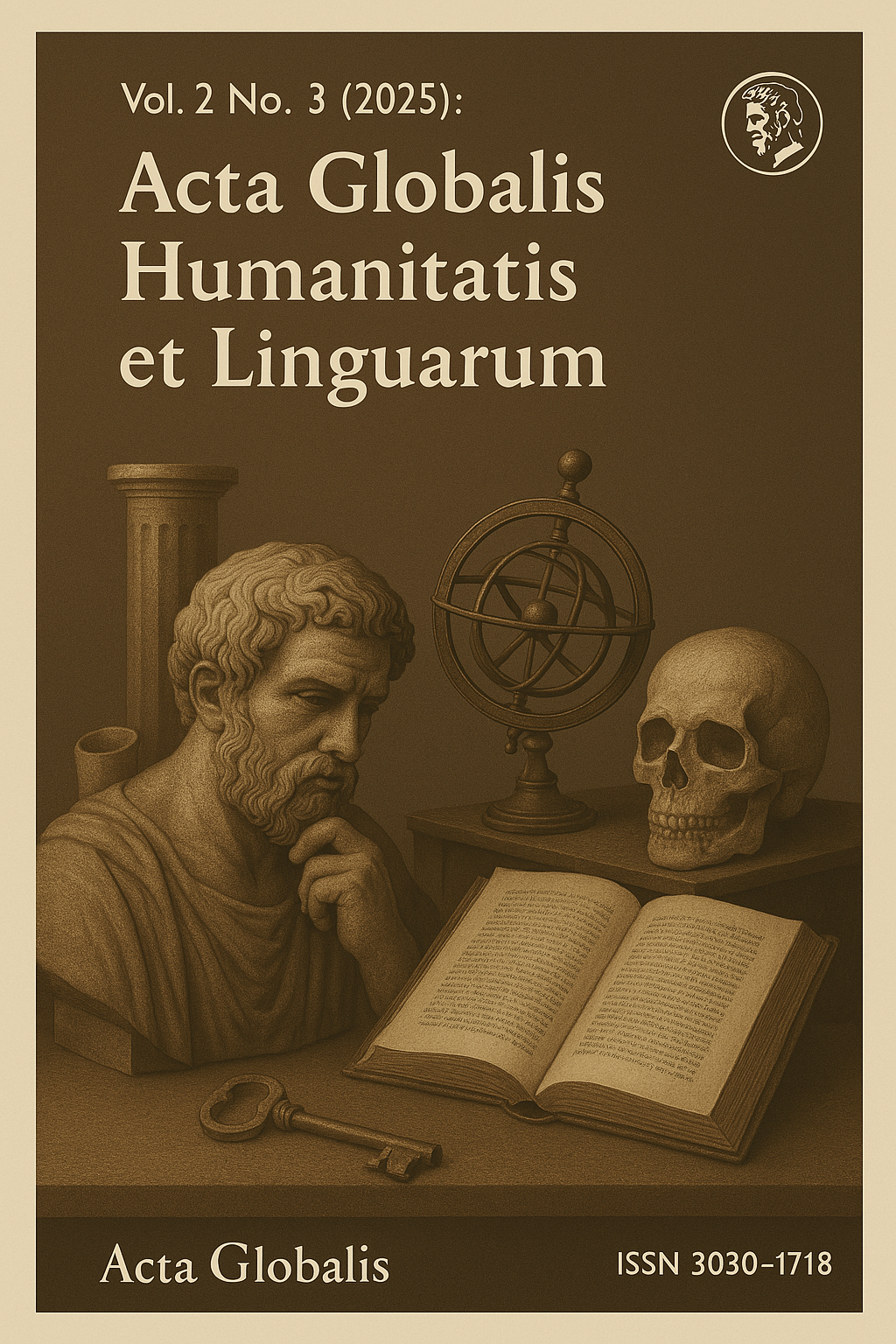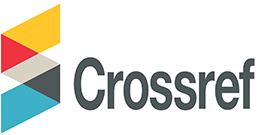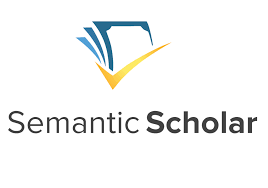The Power of Language in Social Contexts
DOI:
https://doi.org/10.69760/aghel.0250020019Ключевые слова:
Sociolinguistics, Pragmatics, Critical Discourse Analysis, Identity ConstructionАннотация
Language not only enables communication but also constructs social meaning and guides interactions across diverse settings. This paper examines how individuals and institutions use language to build identity, negotiate power, and include or exclude community members. Drawing on sociolinguistics, pragmatics, and critical discourse analysis, the study synthesizes foundational research by Labov (1972), Fairclough (1995), and Bucholtz and Hall (2005). This qualitative review incorporates case studies and authentic discourse samples from political speeches, classroom interactions, and social media posts to illustrate key patterns. Next, it presents examples of code-switching, rhetorical strategies in political rhetoric, and emerging norms in digital discourse. Case studies show that speakers adjust their linguistic choices to signal group membership, contest authority, or reinforce norms. In online environments, features such as hashtags, emojis, and memes perform social functions that can mobilize collective action or reinforce biases. The findings highlight how critical awareness of language choices can improve communication in educational, media, and policy contexts. Educators may support learners by integrating critical language awareness into instruction, and organizations can review discourse practices to reduce exclusion. By revealing the active role of language in shaping social realities, this research points to the importance of ongoing study of language practices in multilingual and digital domains.
Библиографические ссылки
Androutsopoulos, J. (2014). Mediatization and sociolinguistic change: Key concepts, research traditions, open issues. In Sociolinguistica, 28(1), 207–228.
Bucholtz, M., & Hall, K. (2005). Identity and interaction: A sociocultural linguistic approach. Discourse Studies, 7(4–5), 585–614.
Fairclough, N. (1995). Critical Discourse Analysis: The Critical Study of Language. London: Longman.
Foucault, M. (1980). Power/Knowledge: Selected Interviews and Other Writings 1972–1977. New York: Pantheon Books.
Gee, J. P. (2011). How to Do Discourse Analysis: A Toolkit. Routledge.
Gumperz, J. J. (1968). The speech community. International Encyclopedia of the Social Sciences, 9, 381–386.
Hymes, D. (1974). Foundations in Sociolinguistics: An Ethnographic Approach. Philadelphia: University of Pennsylvania Press.
Kapranov, O. (2017). The framing of climate-change discourse by Shell and the framing of Shell’s climate change-related activities by the Economist and the Financial Times. Bergen Language and Linguistics Studies, 7.
Kapranov, O. (2024). Metonymy in climate change discourse by King Charles III: A cognitive-linguistic perspective. Kalbotyra, 77, 141-162.
Labov, W. (1972). Sociolinguistic Patterns. Philadelphia: University of Pennsylvania Press.
Mercer, N. (2000). Words and Minds: How We Use Language to Think Together. London: Routledge.
Myers-Scotton, C. (1993). Social Motivations for Codeswitching: Evidence from Africa. Oxford: Clarendon Press.
Tagg, C., Seargeant, P., & Brown, A. (2017). Taking offence on social media: Conviviality and communication on Facebook. Convergence, 23(3), 287–302.
Загрузки
Опубликован
Выпуск
Раздел
Лицензия
Copyright (c) 2025 Acta Globalis Humanitatis et Linguarum

Это произведение доступно по лицензии Creative Commons «Attribution-NonCommercial» («Атрибуция — Некоммерческое использование») 4.0 Всемирная.







